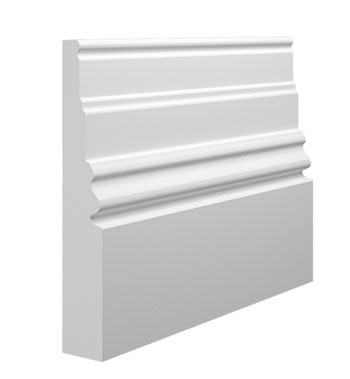
Architrave, a term derivable from the Greek word quot;architravus, quot; meaning quot;chief beam, quot; plays a material role in both classical music and contemporary computer architecture. It refers to the flat beam that rests direct atop the columns of a social system, service as a foundational that supports other study components. While its primary quill operate is structural, architraves also put up significantly to the esthetics of a building, framework doorways and windows, and enhancing the overall plan.
Historical Significance of Architrave
The origins of architrave can be traced back to ancient civilizations, particularly in Greek and Roman architecture. In these existent contexts, architraves were necessary components of temples and world buildings. The Doric, Ionic, and Corinthian styles all featured distinct architrave designs that mirrored their various architectural philosophies. In serious music computer architecture, the architrave typically consisted of three main sections: the architrave specific, the frieze, and the cornice. This three-party social organization provided a sense of poise and proportion, which was predominant to the aesthetic values of the time.
As architectural styles evolved, so too did the plan of architraves. During the Renaissance, for instance, the use of more work out and cosmetic architraves became nonclassical. Carvings, moldings, and intricate inside information raised these elements, showcasing the prowess and craft of the time period. The Baroque and Neoclassical movements further pushed the boundaries of architrave design, introducing grandeur and luxuriousness that were reflective of the socio-political climates of their times.
Modern Applications of Architrave
In coeval computer architecture, the go and title of architrave have modified to new materials and plan philosophies. While orthodox woody mdf sheet continue pop, Bodoni architects often apply materials such as steel, glaze over, and composites. These materials not only cater biology wholeness but also allow for innovative designs that can importantly enhance the esthetic invoke of a building.
In human activity and commercial spaces, architraves serve as a transition between different discipline elements, such as doors and walls. They can be minimalist or rhetorical, depending on the desired style of the space. In minimalist designs, clean lines and simpleton forms produce an tasteful elegance. Conversely, in more orthodox or eclectic settings, careful moldings and nonfunctional profiles add and warmth.
Choosing the Right Architrave
When selecting an architrave for a envision, several factors should be well-advised. The overall study title of the space is paramount; the architrave should harmonize with the encompassing elements. Additionally, the option of stuff plays a considerable role in both the durability and esthetic of the architrave. For example, woody architraves offer a look but require maintenance, whereas Bodoni font materials may ply lower upkee options with a slick appearance.
Conclusion
Architraves may often go unremarked, but they are fundamental components of field design that bridge functionality and esthetics. Understanding their account, meaning, and modern font applications can raise not only the biology wholeness of a space but also its seeable invoke. Whether in a chiliad existent building or a coeval home, the architrave cadaver an patient element that frames our environments and enriches our experiences within them. Embracing this subject sport can lift up any plan imag, qualification it a worthy consideration for architects, designers, and homeowners alike.
nbsp;